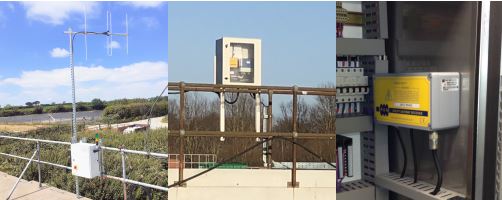
Radio Telemetry Solutions
Introduction to Radio Telemetry
Radio Telemetry is the conveyance of data and control messages using radio, where the data is encoded and broadcast securely appended with a unique address that sets it destination.
The team at Radio Data Networks have been acknowledged pioneers of radio telemetry since its deregulation back in the late 1980’s. They are also active in the industry trade body the LPRA www.lpra.com which the company’s founder and MD sitting as its vice chair.
All products featured on this page are proudly made in Britian to ISO9001:2015
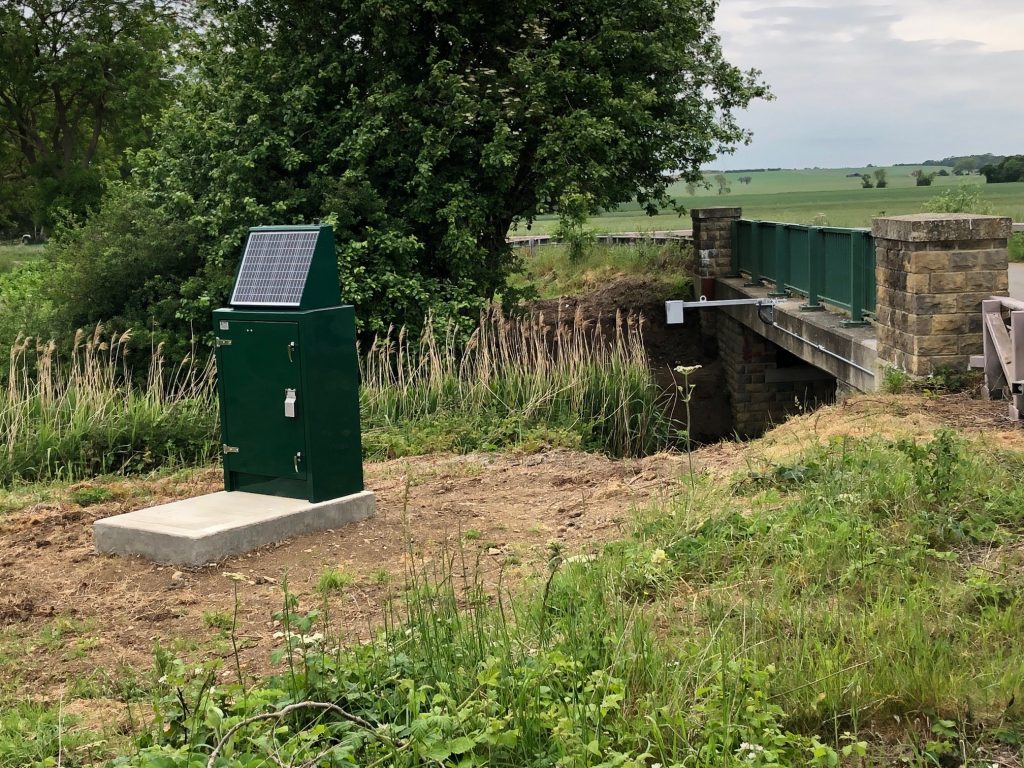
RDNET1000 Protocol
First deployed over 15-years ago, the RDNET1000 protocol is exclusive to Radio Data Networks, and has been optimised to deliver real-time data, offer high battery efficiency, reliability, flexibility and is compatible with small burst satellite data [SBD] systems. Unlike IoT protocols, it simultaneously supports real-time data transfer, broadcasts, star-hub, wide area network, and repeater strategies using both Short Range Radio and longer-range licenced radio.
As we write it is used for the conveyance of over half a billion messages annually, broadcast from mixture of smart sensors or radio telemetry units.
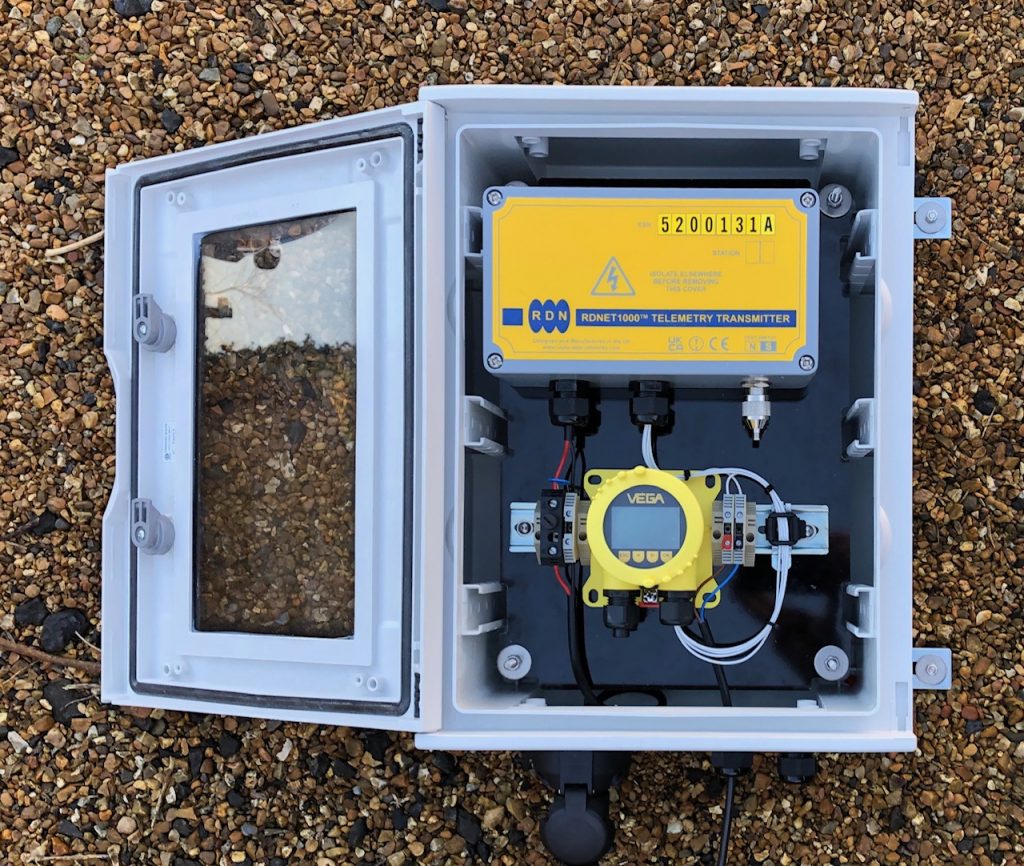
SRD vs Licened Radio
RDN’s directors have been the pioneers of using licenced radio spectrum to carry data for and control services for several decades. Licenced radio has a has proven to have a significant advantages over SRD low power radio and totally avoids interference from 3rd party devices such portable traffic lights. RDN’s band is totally exclusive and fully protected under the power of the Wireless and Telegraphy Act and covers the whole of the UK, NI and the Channel Islands.
Radio Data Networks offer a unique blend of tried and trusted communications methodologies to deliver sensor and/or control data to a variety of destinations from BMS, SCADA, telemetry outstations through to our own cloud platform Sentiel365.
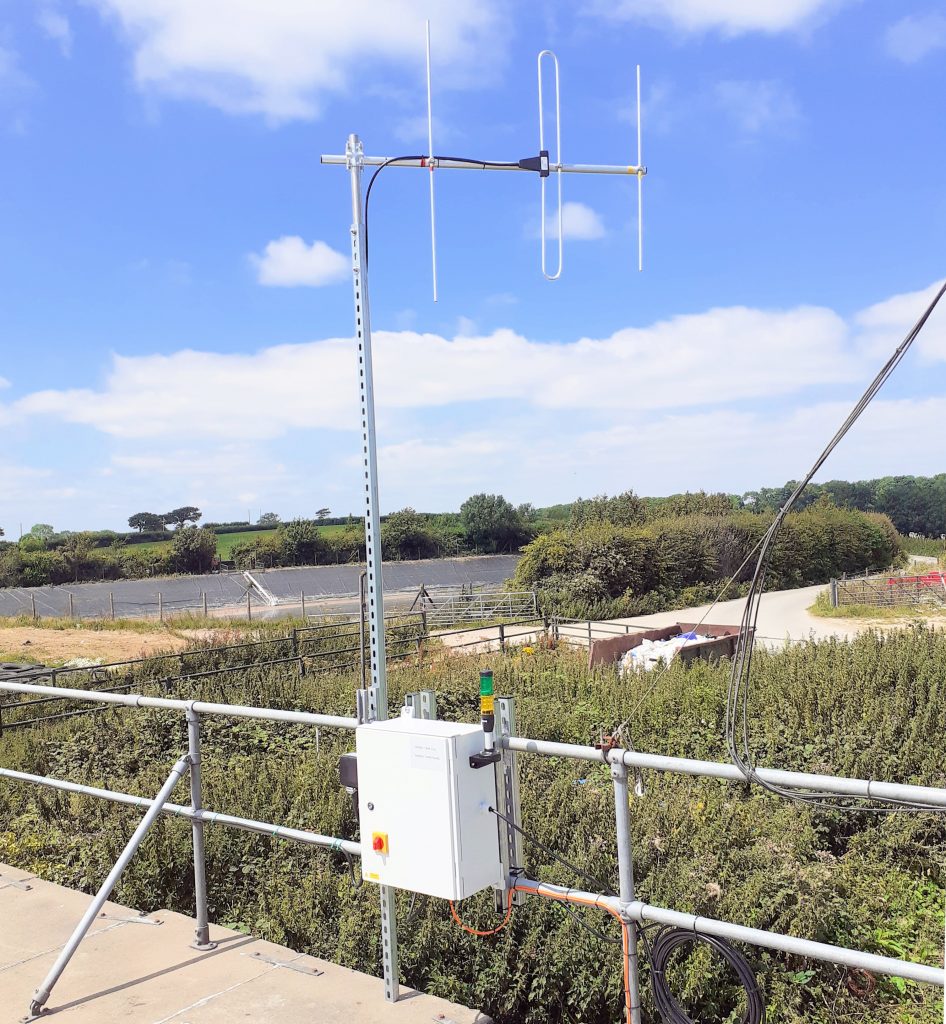
Radio Telemetry vs IoT
We are often asked the question, what is the difference between, radio telemetry and IoT. Simply radio telemetry systems have the ability to send messages totally independent of the internet.
Radio telemetry also supports the broadcast of messages to local devices, two-way communication back and forth, the broadcast of messages to multiple receivers, the sending of data to BMS systems, SCADA and telemetry outstations. Whereas IoT can only deliver data via the internet with all the cyber security and reliability implications associated with reliance on 3rd party networks.
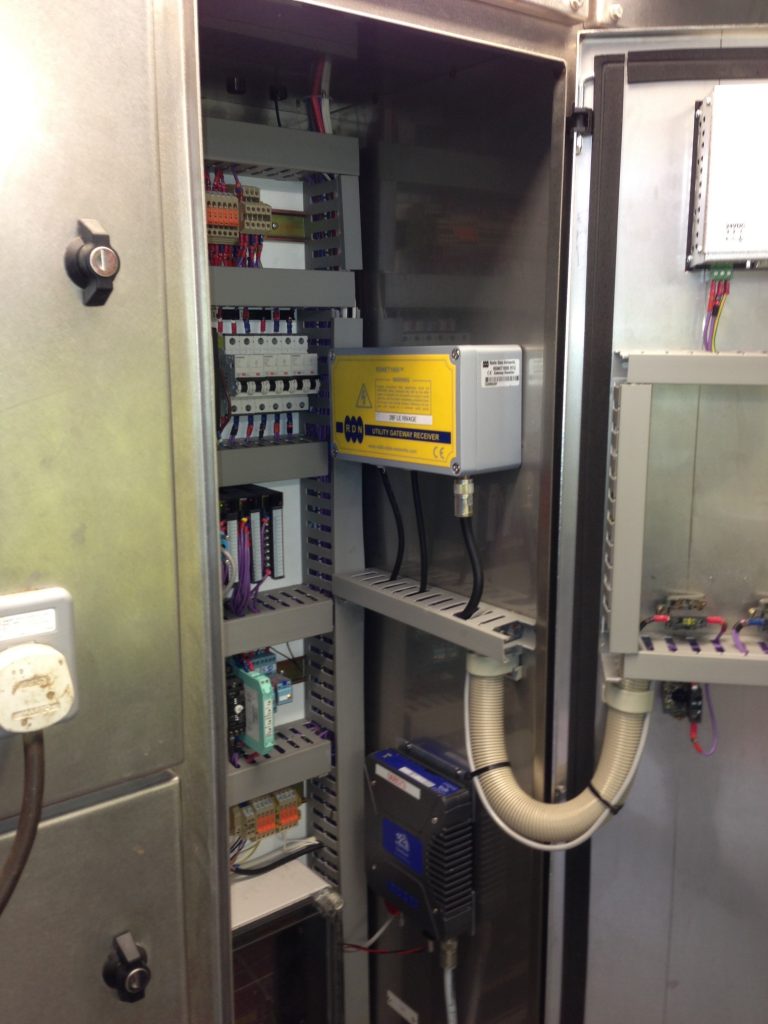
SCADA & BMS Gateways
Radio Data Networks have thousands of radio telemetry Gateways sending data into clients existing BMS, SCADA or telemetry outstations with 100% cyber security assured by “air gapping”. In the case of analogue levels, such as pressure, flow, depth, these can be interfaced as 4-20mA signals, whereas as alarms, faults and limits represented as digitals via relays.
The example illustrated features a Ofcom licenced variant of the RDNET1000 4-slot Gateway Receiver interfacing various high level alarms into a clients pumping station control panel.
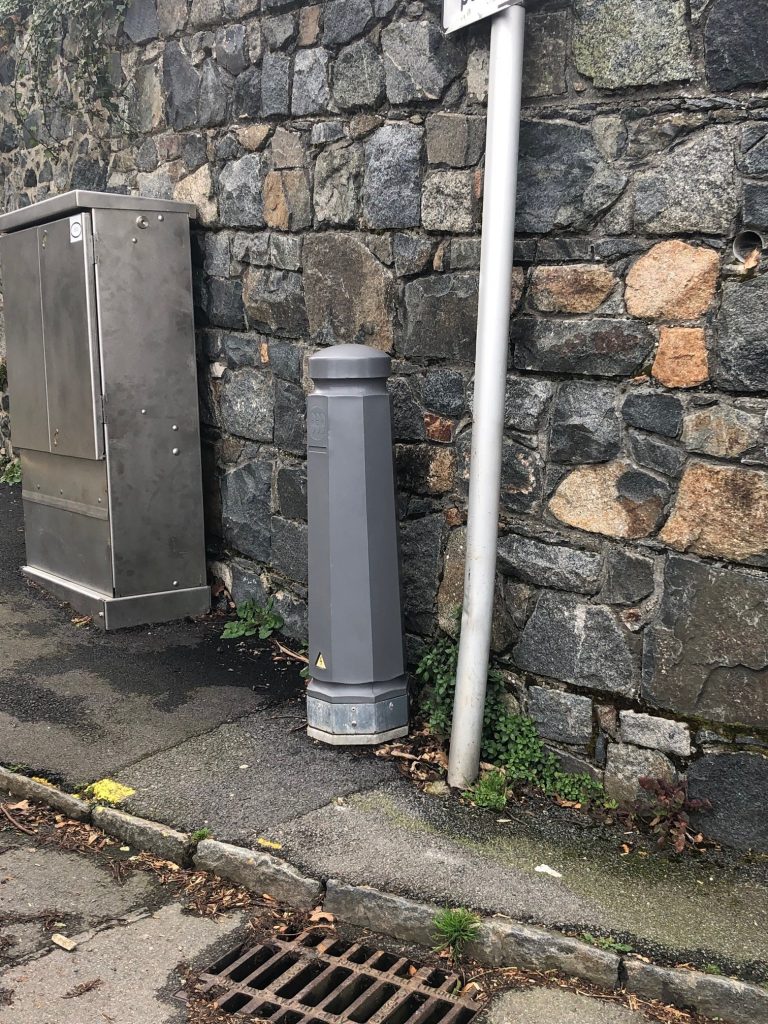
Real-Time Control
Radio telemetry is the ideal media for real-time control applications such as pressure management in order to reduce leakage and to conserve energy. It can also be used to control sluices, tilting wears, pumps and other systems where feedback is required.
In the example illustrated on the Channel Islands a battery powered RDNET1000 telemetry transmitter, housed in the bollard, monitors pressure and transmits the data down the hill to the pumping station to ensure that the statutory minimum pressure is delivered while reducing leakage.

Telemetry Data to the Cloud
Unique to Radio Data Networks is the ability to send data between field devices such as a BMS outstations or pump controllers and simultaneously our Sentinel 365 cloud portal. This enables totally autonomous, cyber secure systems to be created with remote supervision without the need for the client to upgrade a legacy SCADA or BMS system.
RDN’s Telemetry Cloud Gateways can handle a wide variety of sensor including ones not readily interfaceable to BMS outstations such as temperature or devices using the SDI-12 protocol. The Gateways can be configured remotely to upload upon detection of a state changes, such as an alarm being raised due to for example a high-water level.
RDNET1000 Telemetry Transmitters, Receivers and Transceivers (Outstations).
Since its launce in 2010, the RDNET1000 Radio Telemetry range has been deployed by utilities, industry and government bodies to interconnect a variety of assets separated by distances of a few tens of meters to many km. The popularity of the RDNET1000 system stems from its total elimination of the need for complex in the field customer programming, enabling customer’s staff to service and maintain systems without the need for intensive knowledge, training or specialist software or programming tools.
Each unit comprises of a base card with slots into which plug in cards can be inserted. There are three types of base cards, transmitters, receivers and transceivers. As their name implies Transmitters broadcast, Transceivers can both broadcast and receive and Receivers just listen. There are Transmitter and Transceiver base cards with 4 or 8 slots and Receivers with 4 and 8 slots plus a modular variant with 64 card slots.
There are a variety of power supply options available including mains 230V ac and 110V ac, solar, 12V dc, 14V dc and even 24V ac. There are also several radio frequency options including UHF short range, VHF licence free and Ofcom Licenced radio. Distances in the table are subject to antenna gain, type, height and obstructions.
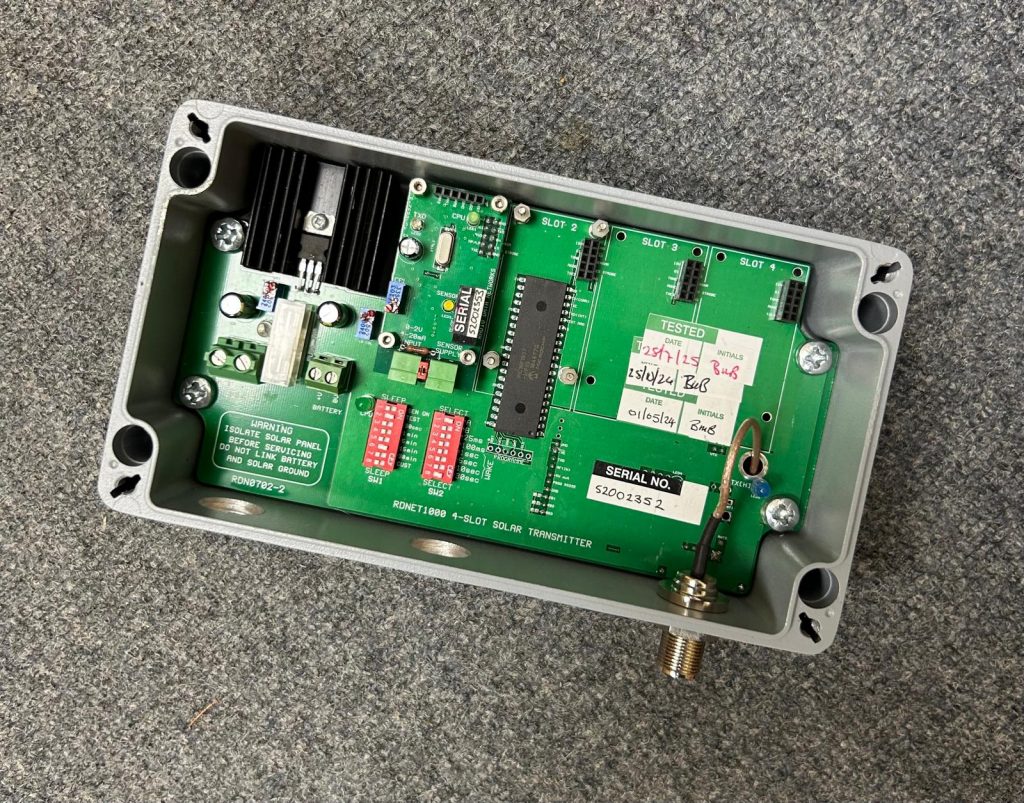
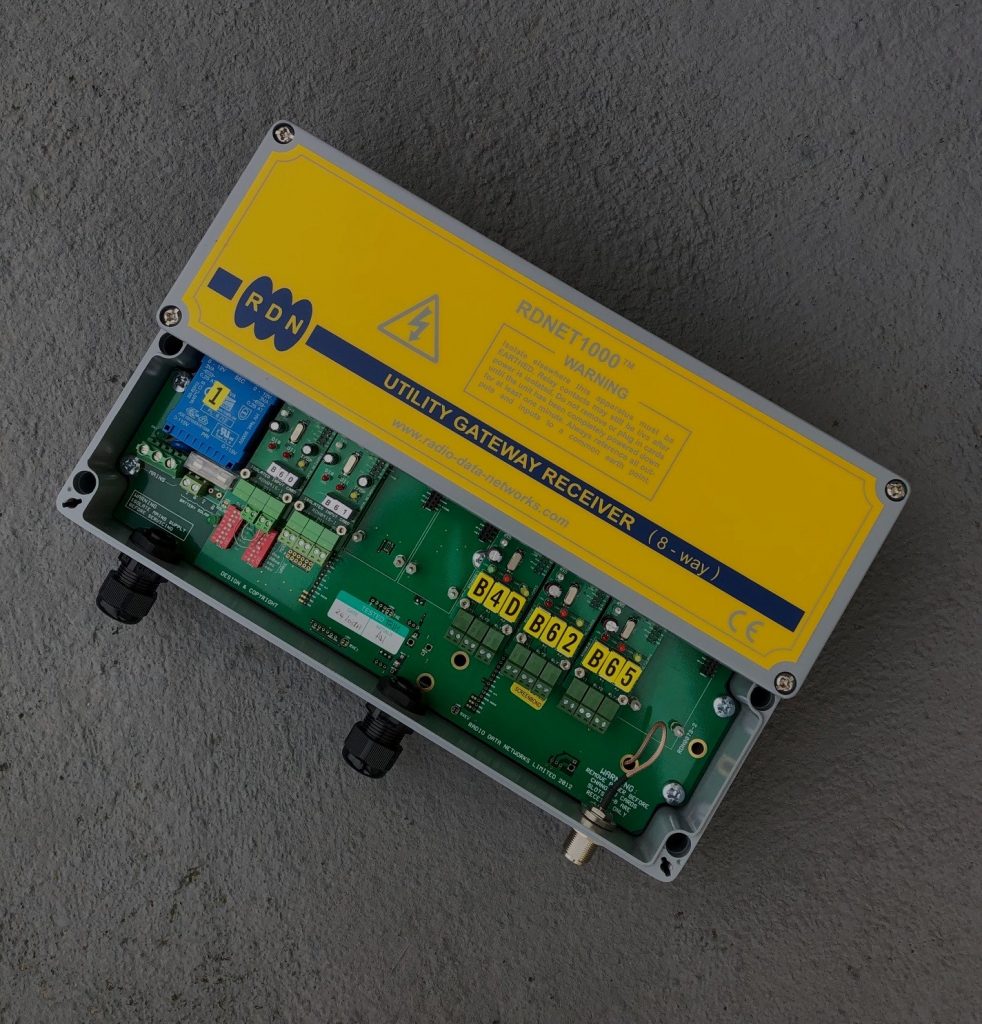
The type of card inserted into the slot determines whether the slot is an input or output and hence which direction the data flows. Each input card is assigned a unique electronic serial number at manufacture abbreviated to ESN. The corresponding output card is supplied with a matching ESN and is inserted into the receiver or a transceiver.


Systems are normally supplied pre-configured and fully tested. However, should you wish to add an additional card, the base cards automatically detect whether the card inserted and if it is an input card on output card.
In operation transmitter or transceiver follow a sleep – wake – transmit cycle, where the unit periodically wakes up the card, enables the transmitter and transmits the data. If it is an analogue card there is a pre-wake timer that enables the sensor to stabilise before the data is read and transmitted. This can be set using a DIP switch to be from 25 milliseconds to 30 seconds.
With receiver stations, the raw demodulated data is delivered to all cards slots where it is examined by all receiver cards inserted. For a card to respond the type of data has to match plus the ESN too, plus the length of the data, finally the whole data packet has to pass a CRC error check. Receiver also cards include an independent timer that looks for the loss of a messages and can be used to raise an alarm. Mains operated receivers also include a mains failure relay and a float charge circuit for a 12V lead acid backup battery.
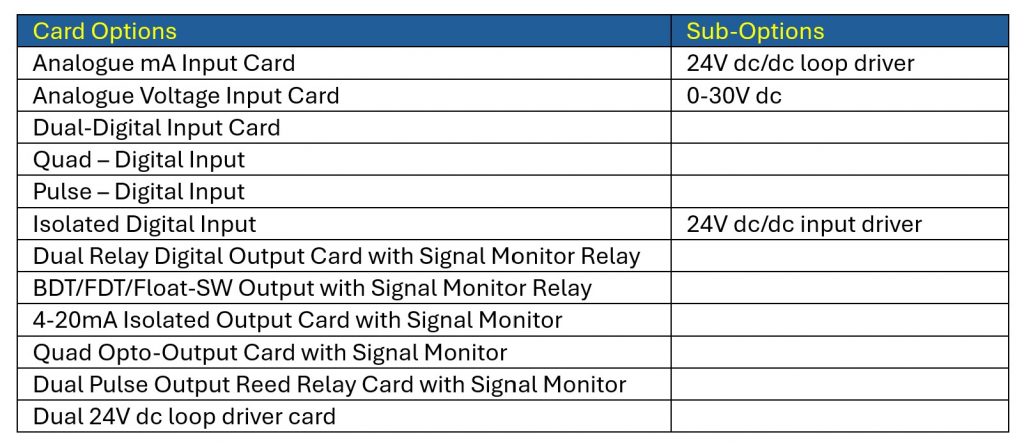
Due to the vast variety of solutions and configuration options please speak to our sales department for a quotation
Replacing Legacy 458MHz Systems
It is not unusual for a radio telemetry system to last 20-30 years. Certainly, our directors can remember designing some in the late 1990’s that are still in service to this day. Many of the early systems used 458MHz. However, this band lost credibility at the turn of the century with the growing use of portable traffic lights which due to their needs to be fail safe often occupied an entire channel causing havoc to local telemetry systems.
Our Ofcom licenced systems operate in VHF with the ability to send messages much further than the equivalent UHF system and to penetrate building, forests and to traverse obstructions such as hills. Using VHF it is totally imune from traffic lights.
We can also provide replacement systems for those manufactured by SCADA Systems, Space Age Electronics, Wood & Douglas, Styx, Pacscom, Communique, RDT, Magenta and Bristol Babcocks, Warwick Wireless, etc.



- NFM Flow Gauging, Performance & Efficcacy Testing
- Pumping Station Inhibits Systems for Sewer Flooding and CSO Spill Reduction
- Radio Telemetry Solutions
- River & Flood Gauging Stations with Integrated Stilling Tubes
- Soil Stack Alarms for Industrial Buildings
- Ultra Low Power Flood and Water Camera Switch
- Flood Pole – Wide Area Flood Detection and Warning Sensor
- Portable & Covert River Gauging Stations
- Portable Leachate Monitoring
- WASTEWATER NETWORK MONITORING SOLUTIONS
- CSO / SSO Spill & Event Duration Monitoring
- Flow Detection Transducer (FDT) Sensor
- Sewer Alarm – External Solar Beacon Unit
- Smart Sensor – FDT Flow Detection Transducer for CSO & SSO Event Duration Monitoring
- Wide Area Covert Faux Booster Repeaters
- Wide Area Sewer Level Monitoring & Alarms
- Sludge Blanket Monitoring
- Chalk Stream Deficit Monitoring Gauging System
- Pole Mounted Booster Repeater
- Retrofit Flow Chambers and MCERTS Flow V-Notches
- Groundwater & Borehole Monitoring
- Sentinel365 Data Platform
Sales & orders
Please call your local distributor for prices on products, systems and solutions. Spares and accessories may also be purchased through our online web portal